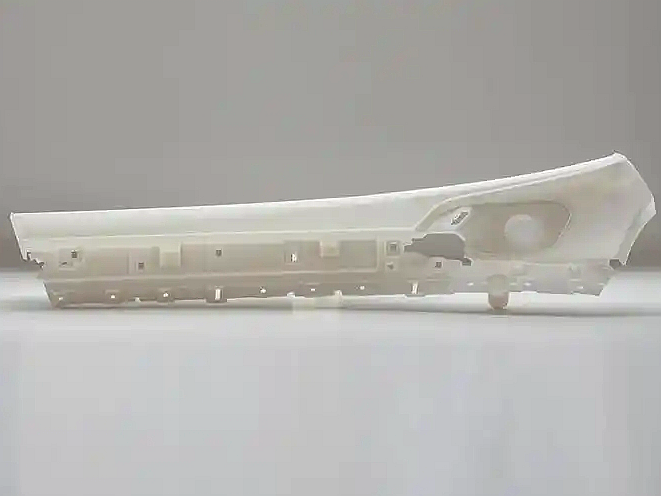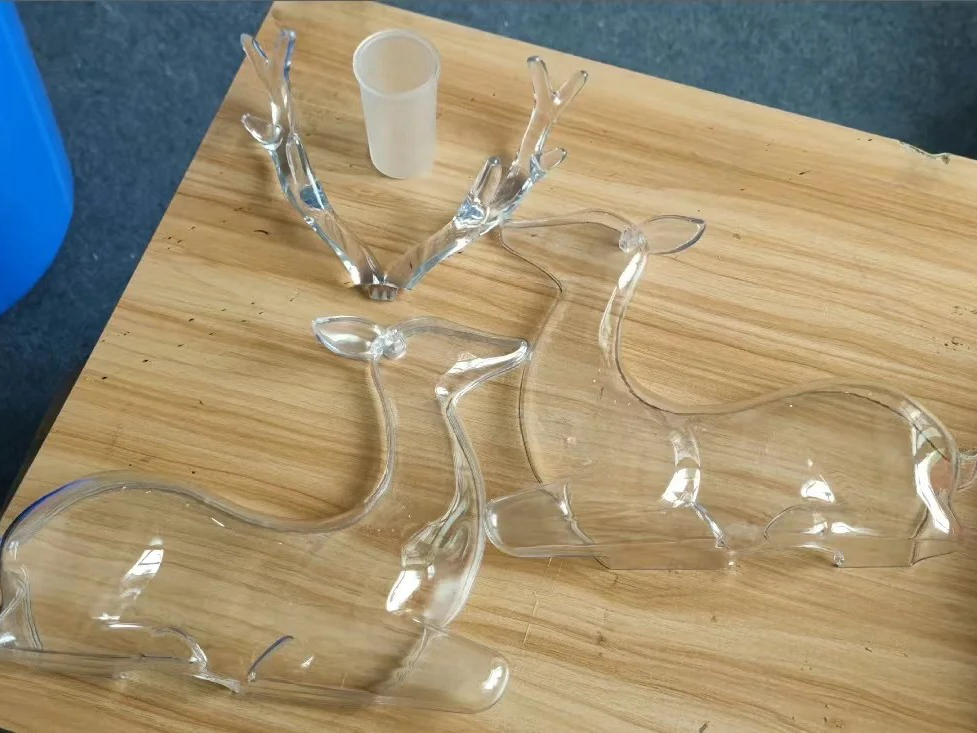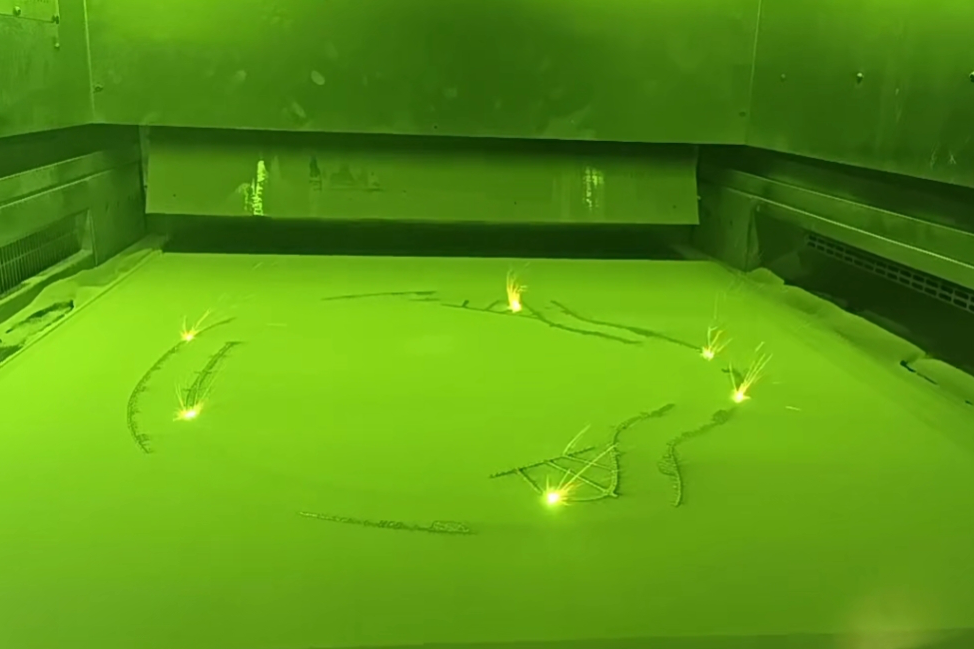What are the advantages of using resin in 3D printing?
What Are the Advantages of Using Resin in 3D Printing?
High Resolution and Surface Quality
Resin-based 3D printing technologies such as Stereolithography (SLA), Digital Light Processing (DLP), and CLIP offer exceptional print resolutions, often achieving layer heights as fine as 25 microns. This makes resin printing ideal for applications requiring intricate detail, sharp edges, and ultra-smooth surfaces, such as in dental models, jewelry prototypes, and miniature components.
Wide Range of Functional Materials
Neway offers a full portfolio of resins tailored for different performance requirements. Options include tough resins, flexible resins, high-temperature resins, and biocompatible medical resins. These materials serve a variety of industries including medical devices, electronics, and engineering prototypes.
Fast Production Speed
Technologies like CLIP enable continuous printing rather than layer-by-layer exposure, significantly accelerating production speed. This makes resin 3D printing suitable for low-volume manufacturing and rapid prototyping where turnaround time is critical.
Excellent Dimensional Accuracy
Due to its photopolymerization mechanism, resin printing provides higher dimensional stability than thermoplastic extrusion. Resin parts typically hold tolerances within ±0.05 mm, making them suitable for functional assemblies, fit-testing, and components with tight mating features.
Suitable for Complex Geometries and Fine Features
Resin 3D printing allows for the fabrication of parts with delicate lattice structures, hollow internal channels, and unsupported overhangs that are challenging for filament- or powder-based methods. It is particularly advantageous in fields like medical and healthcare and consumer electronics where form precision and micro-feature accuracy are critical.
Recommended Resin 3D Printing Services from Neway
Comprehensive Resin Selection: Choose from standard, engineering, castable, or ceramic-filled resins tailored to your application.
Precision 3D Printing Technologies: Utilize advanced technologies such as SLA, DLP, and CLIP for high-resolution results.
Post-Processing and Finishing: Achieve professional-quality parts with surface treatments including UV coating, painting, and polishing.



